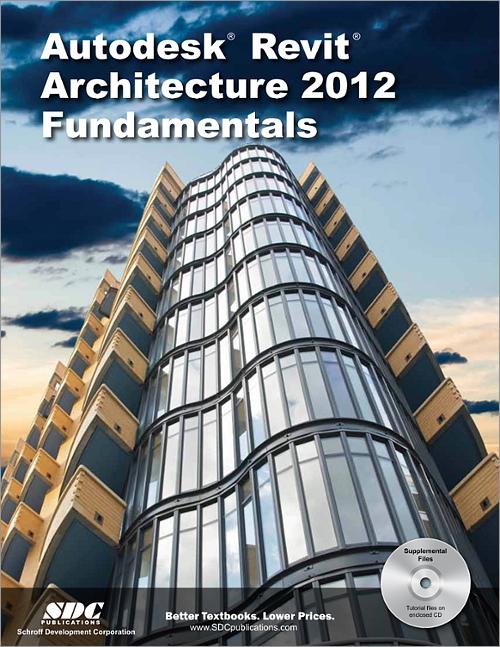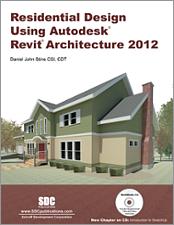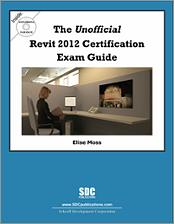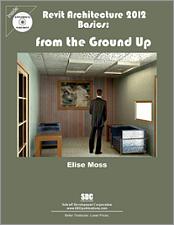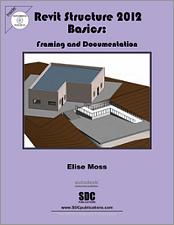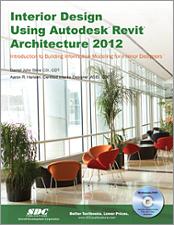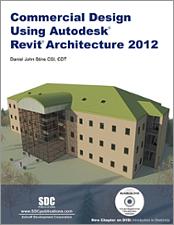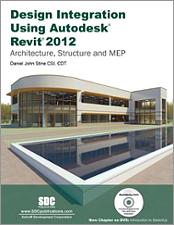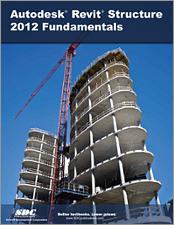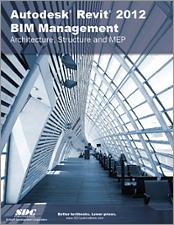Autodesk Revit Architecture 2012 Fundamentals
- Description
- Contents
- Details
Description
Key Features
- Designed for students new to Autodesk Revit Architecture
- Focuses on the basic tools most users need to work with Revit Architecture
- Teaches you to create full 3D architectural models and set them up in working drawings
In Detail
Revit Architecture is a powerful Building Information Modeling (BIM) program that works the way Architects think. From Preliminary Design through Design Development, and into Construction Documents, the program streamlines the design process with a central 3D model. Changes made in one view update across all views and on the printable sheets. This Student Guide is designed to teach you the Revit functionality as you would work with it in the design process. You begin by learning about the user interface and the Revit commands for design development followed by those available for construction documentation.
Since building projects themselves tend to be extremely complex, Revit Architecture is a necessarily complex program. The objective of Revit Architecture 2012 Fundamentals is to enable students to create full 3D architectural project models and set them up in working drawings. This training guide focuses on basic tools that the majority of users need to work with Revit Architecture.
Topics covered:
- Understanding the purpose of Building Information Management (BIM) and how it is applied in Revit.
- Using the Revit Architecture workspace and interface.
- Adding walls to a massing study and creating a presentation sheet.
- Working with the basic drawing and editing tools in Revit.
- Creating Levels and Grids as datum elements for the model.
- Creating a 3D building model with walls, curtain walls, windows, and doors.
- Adding floors and roofs to the building model.
- Creating standard and custom stairs.
- Detailing Reflected Ceiling Plans with ceilings and lighting fixtures.
- Adding component features, such as furniture and equipment.
- Setting up sheets for plotting with text, dimensions, details, tags, and schedules.
- Creating details.
Table of Contents
- Building Information Modeling in Revit Architecture
- Basic Drawing and Editing Tools
- Datum Elements - Levels and Grids
- Drawing and Modifying Walls
- Doors and Windows
- Curtain Walls
- Creating Views
- Floors
- Components
- Reflected Ceiling Plans
- Roofs
- Vertical Circulation
- Construction Documents
- Annotating Construction Documents
- Tags and Schedules
- Detailing in Revit Architecture
Appendix A Worksets
Appendix B Additional Tools
Appendix C Skills Assessment
Index
